The Jute Bags Market is currently characterized by a dynamic competitive landscape, driven by increasing consumer awareness regarding sustainability and environmental concerns. Key players are actively positioning themselves to capitalize on these trends through various strategic initiatives. Companies such as Bengal Jute Corporation (India), Jute Products Development and Export Promotion Council (India), and Globe Jute (India) are focusing on innovation and regional expansion to enhance their market presence. Their collective strategies not only foster competition but also contribute to the overall growth of the market, as they adapt to changing consumer preferences and regulatory frameworks.
In terms of business tactics, localizing manufacturing and optimizing supply chains appear to be pivotal for success in the Jute Bags Market. The market structure is moderately fragmented, with several players vying for market share. This fragmentation allows for a diverse range of products and innovations, although it also intensifies competition among key players. The influence of major companies is significant, as they set benchmarks for quality and sustainability, which smaller firms often strive to meet.
In August 2025, Bengal Jute Corporation (India) announced the launch of a new line of eco-friendly jute bags aimed at the premium segment of the market. This strategic move is likely to enhance their brand image and attract environmentally conscious consumers, thereby positioning the company as a leader in sustainable packaging solutions. The introduction of this product line reflects a broader trend within the industry towards premiumization and sustainability, which could reshape consumer expectations.
In September 2025, Globe Jute (India) entered into a strategic partnership with a leading e-commerce platform to expand its distribution channels. This collaboration is expected to significantly enhance their market reach and accessibility, allowing them to tap into the growing online consumer base. By leveraging digital platforms, Globe Jute is likely to improve its sales performance and brand visibility, aligning with the ongoing digital transformation trends in the market.
Furthermore, in July 2025, Jute Products Development and Export Promotion Council (India) launched an initiative to promote jute products in international markets, focusing on Europe and North America. This initiative is crucial for expanding the global footprint of jute products and enhancing export opportunities. By fostering international collaborations and marketing efforts, the Council aims to elevate the status of jute as a viable alternative to synthetic materials, potentially increasing demand in these lucrative markets.
As of October 2025, the Jute Bags Market is witnessing trends such as digitalization, sustainability, and the integration of advanced technologies. Strategic alliances among companies are increasingly shaping the competitive landscape, enabling them to pool resources and expertise. Looking ahead, it is anticipated that competitive differentiation will evolve, with a shift from price-based competition to a focus on innovation, technology, and supply chain reliability. This evolution underscores the importance of adaptability and forward-thinking strategies in maintaining a competitive edge in the market.


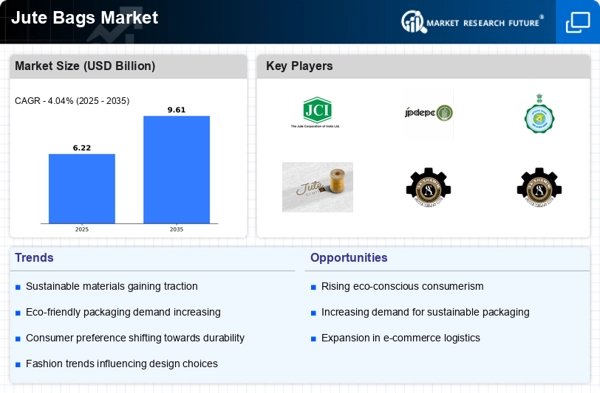
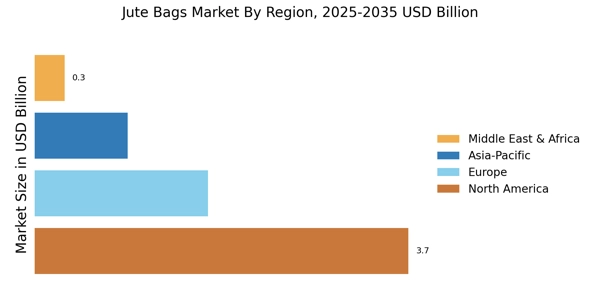
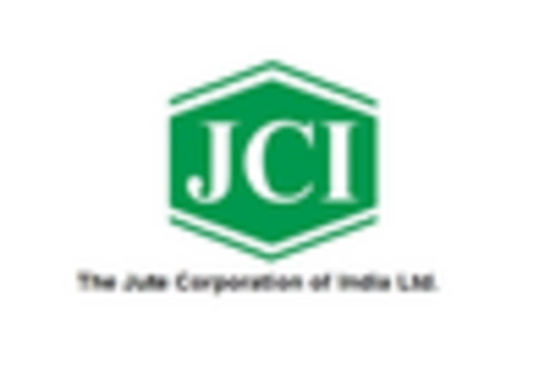
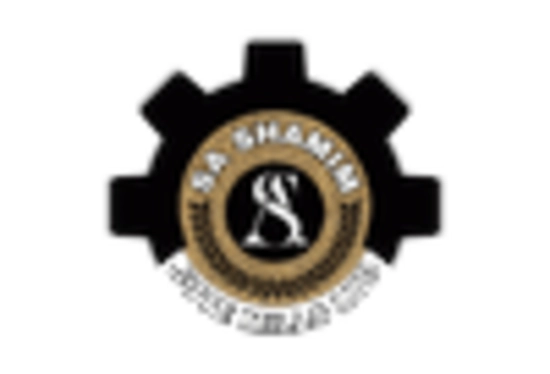
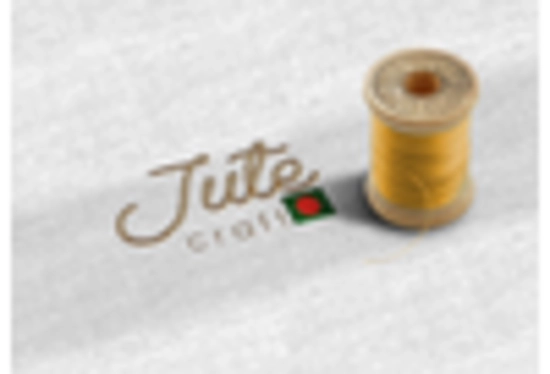
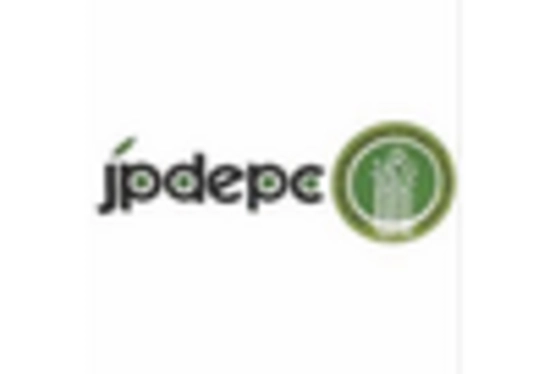
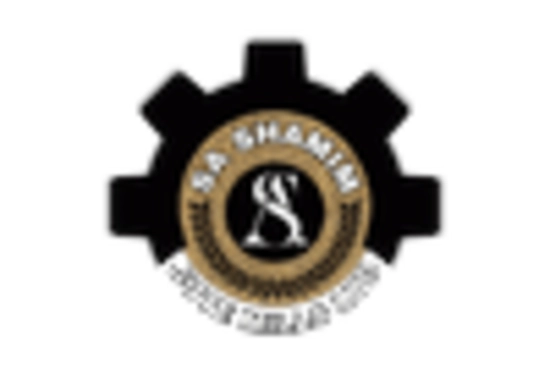
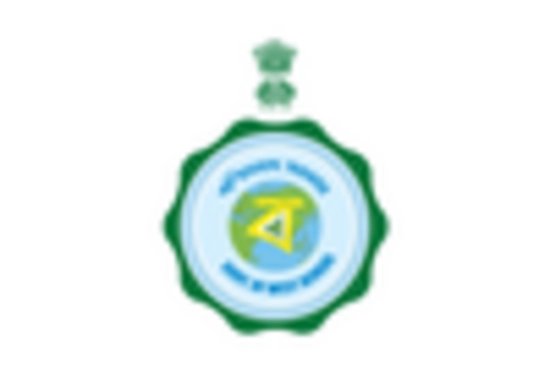








Leave a Comment